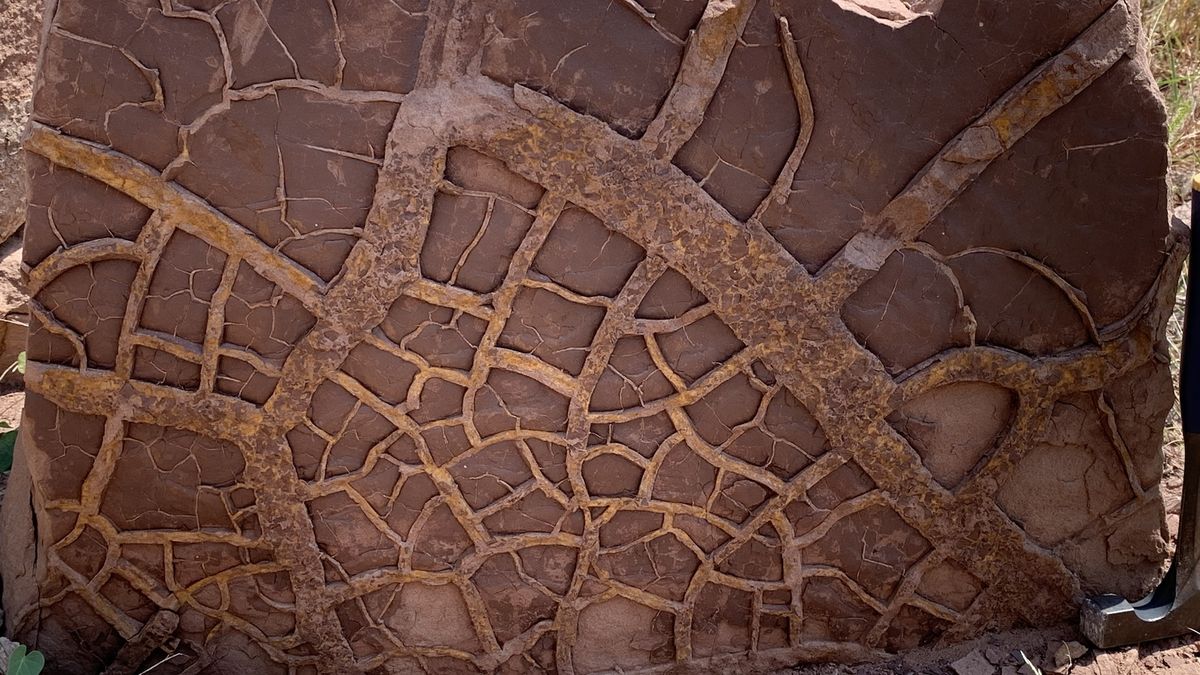The worst mass extinction in Earth’s history may have been caused by a supercharged El Niño cycle.
New research suggests that an overload of carbon dioxide in the atmosphere led to the climatic shift, which, in turn, killed 90% of the species on Earth around 250 million years ago, at the end of the Permian period. The finding has implications for modern climate science: Researchers don’t know how current warming will affect the El Niño-La Niña cycle, but even a fraction of the disruption resulting from the world’s worst mass extinction would make life for humanity very difficult.
“When we start pushing ourselves outside of those boundaries that we existed in for hundreds of thousands of years, it becomes uncharted territory,” study co-author Alex Farnsworth, a paleoclimate modeler at the University of Bristol in the U.K., told Live Science.
Life flourished in the Permian period (298.9 million to 251.9 million years ago). The supercontinent Pangaea was ringed with lush forests where odd reptiles ranged alongside amphibians and whirring clouds of insects. In the oceans, towering reefs provided homes to spiral-shelled nautiluses, bony fish and sharks.
And then a set of giant volcanic rifts in what is now Siberia erupted. These rifts, known as the Siberian Traps, spewed massive amounts of carbon dioxide into the air. Worse, they erupted in an area rich in coal seams, which also vaporized into the atmosphere. The geological fallout from this eruption has been found in rock layers as far as South Africa.
Related: The 5 mass extinction events that shaped the history of Earth — and the 6th that’s happening now
Exactly how the eruptions and the subsequent climate warming translated to mass death has been tricky to pin down. Other large eruptions did not lead to mass extinction, Farnsworth said. Plus, the timing of the deaths was odd: Terrestrial animals started disappearing first, before the worst of the climate warming, and marine species followed.
Study lead author Yadong Sun, an earth scientist at the China University of Geosciences has long been accumulating a database on the teeth of eel-like Permian creatures called conodonts, because the teeth can reveal information about ocean temperatures. His data reveal that, across Panthalassa — an ancient ocean that was the predecessor of the Pacific — the western part of the ocean was initially warmer than the eastern portion. However, this gradient weakened as the end-Permian climate warmed, creating warmer temperatures in the east — just as occurs in today’s El Niño events in the Pacific.

The end result, Farnsworth said, was a series of very severe, very long-lasting El Niños. Sun, Farnsworth, and their colleagues modeled the impacts and showed that, on land, these El Niño events would have heightened the already-increasing temperatures caused by carbon-dioxide-forced warming. Forests and species that relied on them would have struggled and died first. Forests remove carbon dioxide from the atmosphere, so their loss allowed even more heat-trapping carbon to stay aloft.
“You get this runaway positive feedback in the system,” Farnsworth said. The heat in the atmosphere eventually heated Panthalassa up to 104 degrees Fahrenheit (40 degrees Celsius) in the tropics, which is outside the survival envelope for most ocean organisms, the researchers reported Thursday (Sept. 12) in the journal Science.
“This is the best paper I’ve seen yet linking what happened in the Permian to the present day,” said Peter Ward, a University of Washington paleontologist who was not involved in the study but researches the end-Permian extinction. Ward called the implications of the paper “terrifying.” The Siberian Traps put far more carbon dioxide into the atmosphere than humanity has — probably around 2,500 parts per million (ppm), compared with 419 ppm today, Farnsworth said – but humanity is injecting carbon at a faster rate.
“What this paper is just an end member of how bad it can get, but even a little bit of what the Permian did is terrible for society,” Ward told Live Science. “Our civilization requires stability, and we are creating gigantic instability in the Earth system.”

